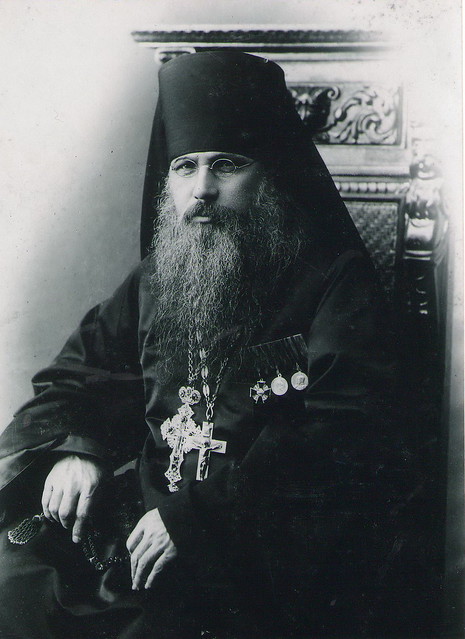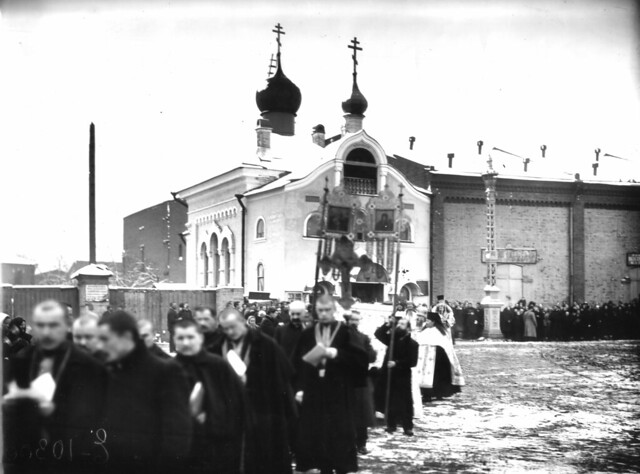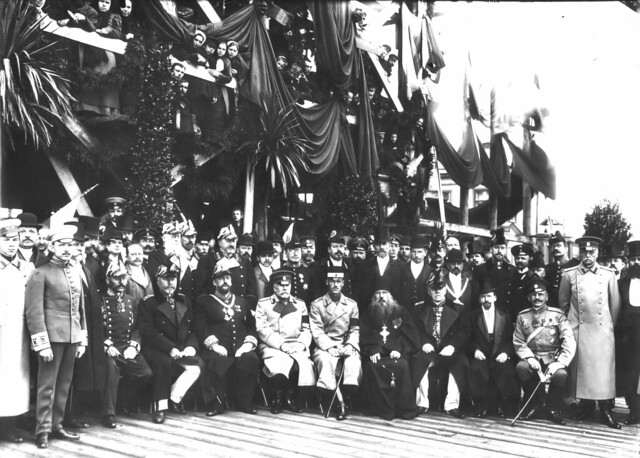From the end of the 19th century until the events of the 1917 revolution, the land on which the church is situated today belonged to the Feodorovsky Gorodetsky monastery of the Nizhniy Novgorod’s diocese.
For several decades in the late 19th and early 20th century, due to the efforts of the Abbot Archimandrite Aleksiy Yakovlev, the parish gradually increased its influence in the city. The icon case with the Fеodorovskaya icon of the Mother of God, and the icon of St. Alexander Nevsky was installed in the 3rd class passenger hall of the Nikolayevsky Railway Station. Then, permission was given to erect a stone chapel near the gate of the goods depot.
When the chapel project was submitted for approval to Emperor Alexander III, he responded with the question, “And why should a church not be erected?”

In response to these words, Father Aleksiy took action. In 1904, a small Church of the Feodorovskaya icon of the Mother of God and of hierarch St. Alexis, Metropolitan of Moscow, was consecrated in memory of the birth of Tsarevich Alexei. The church was built in the approximate location of where the brick-red “Kremlin” wall is located today. However, the active Abbot did not rest contentedly with these accomplishments.
Look at his letters written to the chief of the Nikolaevsky railroad here and here.
In 1906 he sent a petition to expand the territory of the town residence so that a new spacious church could be constructed (“because the Aleksievskaya Church was not spacious enough”). By 1909, the concept had matured: “to construct a state monument to the successful 300-year reign of the Romanov Dynasty,” as stated in the petition addressed to the St. Petersburg metropolitan.

The cross procession from the old Alexievsky church to the newly built Feodorovsky cathedral

The specially formed Construction Committee took care of overseeing the building work
It was headed by major general of His Majesty’s council, Dmitri Yakovlevich Dashkov. The Committee was guided by the Grand Duke Michail Alexandrovich, the Emperor’s brother.
